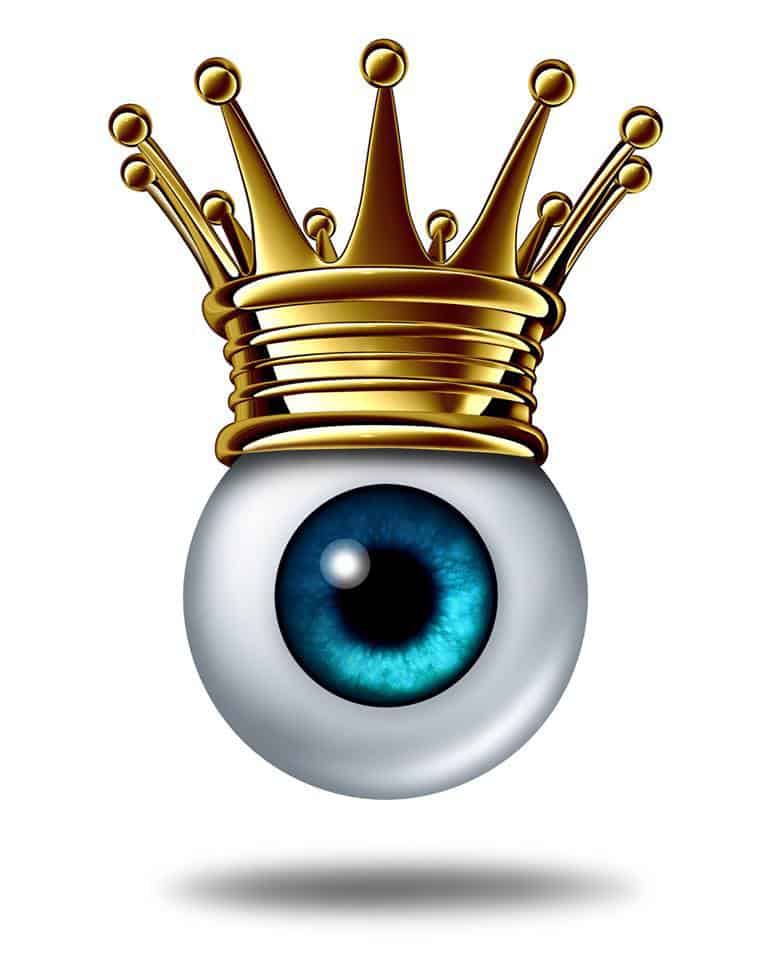Great eyesight is crucial for a child’s overall well-being and development. Most children are not able to properly explain what their eye symptoms are.
It is the parents or guardians responsibility to help detect poor vision in their children as this may affect performance in school and reduce reading proficiency and confidence.
Here are 6 tips to make sure your child is seeing properly.
- Start checking your child’s eyes for vision problems from as early as six months. Your eye care practitioner will do the necessary tests to rule out functional and structural problems
- Be a keen observer of your child. Look out for excessive rubbing of the eyes. This may indicate an allergic condition or it could mean that your child’s vision is not clear.
- If your child is extremely light sensitive (photophobia) you can easily detect this by watching for excessive tearing or squinting when your child enters a brightly lit room or ventures outside into the sunlight. Look out for shielding of the eyes as a protective measure.
- Does your child complain of headaches or tired eyes? Be on the lookout for such symptoms of eyestrain, as many children may not know how to articulate their problems.
- Is there a reduced motivation to read or are your child grades falling? Poor vision problems can lead to poor performance in school due to the reduced ability to concentrate or follow simple reading assignments. There is also the fear of being laughed at by ones schoolmates or friends and frustration for not seeing the words clearly.
- How close does your child hold a book to their eyes? How close do they sit in front of the TV? It is possible your child may be struggling to make out images.
Look out for these symptoms and if you observe them contact your eye care practitioner immediately.
“REMEMBER TO KEEP AN EYE ON YOUR EYES”
- 10 SIGNS YOU NEED AN EYE EXAM - May 20, 2018
- WORLD GLAUCOMA WEEK - March 11, 2018
- The Importance OfEye Exams - February 5, 2018

Recent Comments